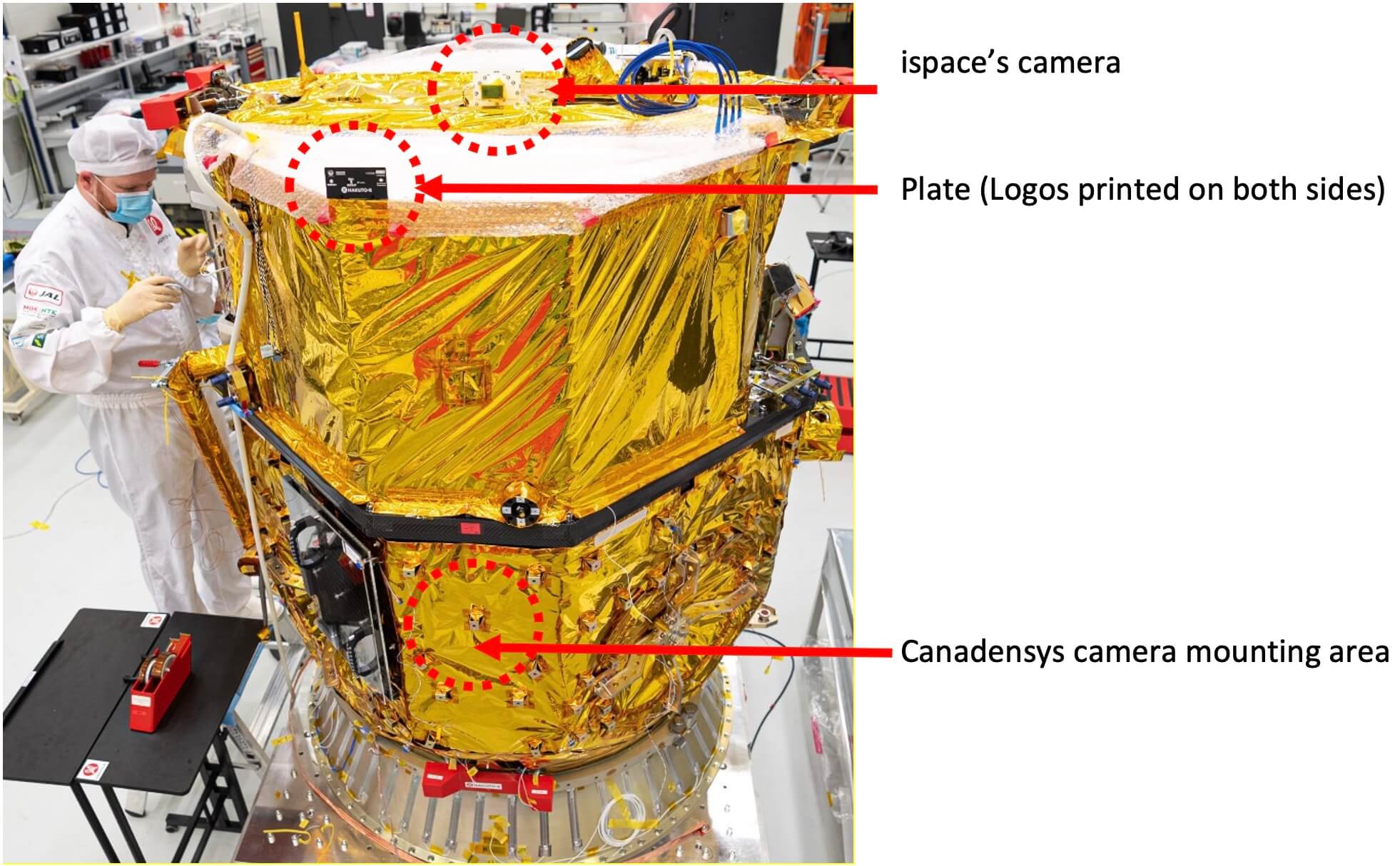20:00 Now the management of the operation in Tokyo announced that contact with the spacecraft was lost seconds before landing
The control center in Tokyo officially announced that the loss of contact with the spacecraft, which was maintained almost until the moment of landing, indicates that the landing was not soft, that is, it crashed as happened to its predecessors, the Israeli Genesis 1 and the Indian Chandrayaan 2, which crashed at a similar stage in the attempts made in 2019.
The ISPACE company announced that it will continue the development of the next M2 and M3 spacecraft that are expected to land on the moon in the coming years, and that lessons will also be learned from the crash.
18: 00 Update
Hakuto-R will try to do what the previous private spaceship Genesis failed to do *- inside the spaceship there are two small autonomous vehicles, one of them from the United Arab Emirates which will for the first time operate artificial intelligence on the lunar soil
The Japanese spacecraft Hakuto-R of the Japanese private company ISPACE is expected to land tonight (19:40) on the moon. Live broadcast starting at 18:00.
If the Hakuto-R landing is successful it will be the first private spacecraft to land safely on the moon. The Indian Chandrayaan 2 lander and the Israeli Berashit lander failed during their landing attempts in 2019.
The main landing site is Atlas Crater, located at the outer southeastern edge of Mara Prigoris ("Cold Sea"), according to previous company statements. If the landing has to be delayed for any reason, there are also three alternative landing sites. There are also additional dates for the landing attempts: April 26 and May 1 and 3.
We've received another incredible photo from the camera onboard our Mission 1 lander!
—ispace (@ispace_inc) April 24, 2023
Seen here is the lunar Earthrise during a solar eclipse, captured by the lander-mounted camera at an altitude of about 100 km from the lunar surface. (1/2) pic.twitter.com/pNSI4lPnux
The Hakuto-R spacecraft was launched in December 2022 on SpaceX's Falcon 9 launcher and is currently orbiting the moon in a circular orbit at a height of about 100 kilometers above the lunar surface.
The landing sequence will include several steps. In the first step, it will perform a braking combustion landing, and activate its main propulsion system to slow down. Using a series of predetermined commands, the lander will adjust its direction and reduce its speed in order to make a soft landing on the surface of the moon. The process will take about an hour."
Inside the spacecraft there are two tiny autonomous vehicles, one is Rashid, of the United Arab Emirates Space Agency. The vehicle also contains an artificial intelligence system from the Canadian company Mission Control and a multi-camera imaging system from the Canadian company Canadensys Aerospace. Another vehicle that is 8 cm wide and weighs 250 grams is a joint project of the Japanese Space Agency and a Japanese toy company called Tomy. The vehicle is equipped with a camera, and the intention is to learn from it about manned off-road vehicles for the future.

More of the topic in Hayadan:

2 תגובות
The Israeli spacecraft crashed on the moon. When will we go to Hesham to take a selfie?
just a question,
At the time (maybe still) they sold plots on the moon really cheap, I think 10 dunams for $100...
Did they ask permission from the owner of the house to land in his yard?
And now, who handles the clearing of the fragments?